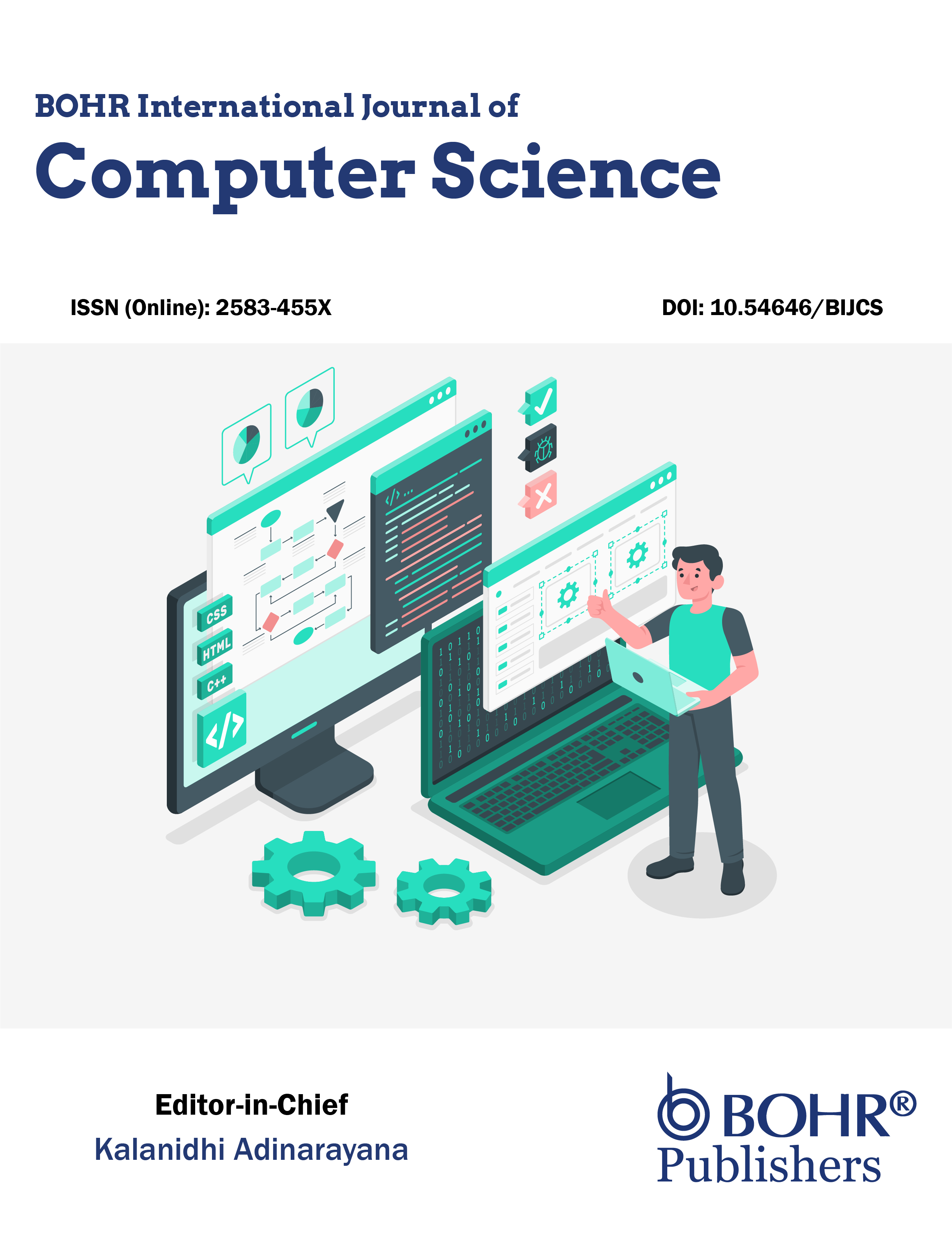Analysis and modeling of adult male body shape aged 25–45 by CLO3D software
Main Article Content
Abstract
This study conducted body shape research on 175 males aged 35–45 in Ho Chi Minh City, Vietnam. The aim was to develop accurate and intuitive analytical models to classify different body types. The research team utilized various statistical tools, such as descriptive analysis, principal component analysis, k-means clustering, and discriminant analysis—all supported by SPSS software—to identify the most reasonable body shape classifications. The study results identified the 5 most common body shapes: U-shaped, Y-shaped, V-shaped, O-shaped, and D-shaped. To enhance the visualization of these body groups, the research team created representative shapes based on 30 parameters analyzed through CLO3D software. This approach helped capture the distinct characteristics of each body type identified in the study. The study also integrated anthropometric indicators such as BMI, WHR, and DROP to analyze the characteristics of each body shape group. Focusing on analyzing these body shapes holds significant importance for the fashion industry, as fashion designers can create clothing that meets the preferences of a wider range of customers. It also helps individuals in the age group surveyed increase awareness of their bodies and choose clothes that suit them. In addition, the research results can support various other fields such as medicine and ergonomics.
Downloads
Article Details

This work is licensed under a Creative Commons Attribution 4.0 International License.
Authors retain copyright and grant the journal right of first publication with the work simultaneously licensed under a Creative Commons Attribution 4.0 International License that allows others to share the work with an acknowledgment of the work’s authorship and initial publication in this journal.
This has been implemented from Jan 2024 onwards